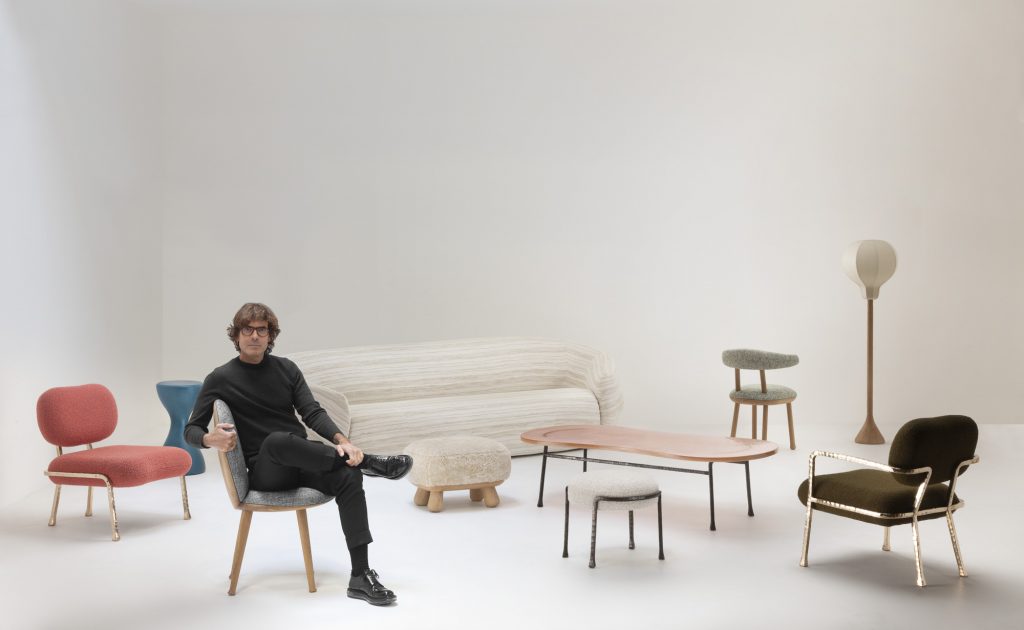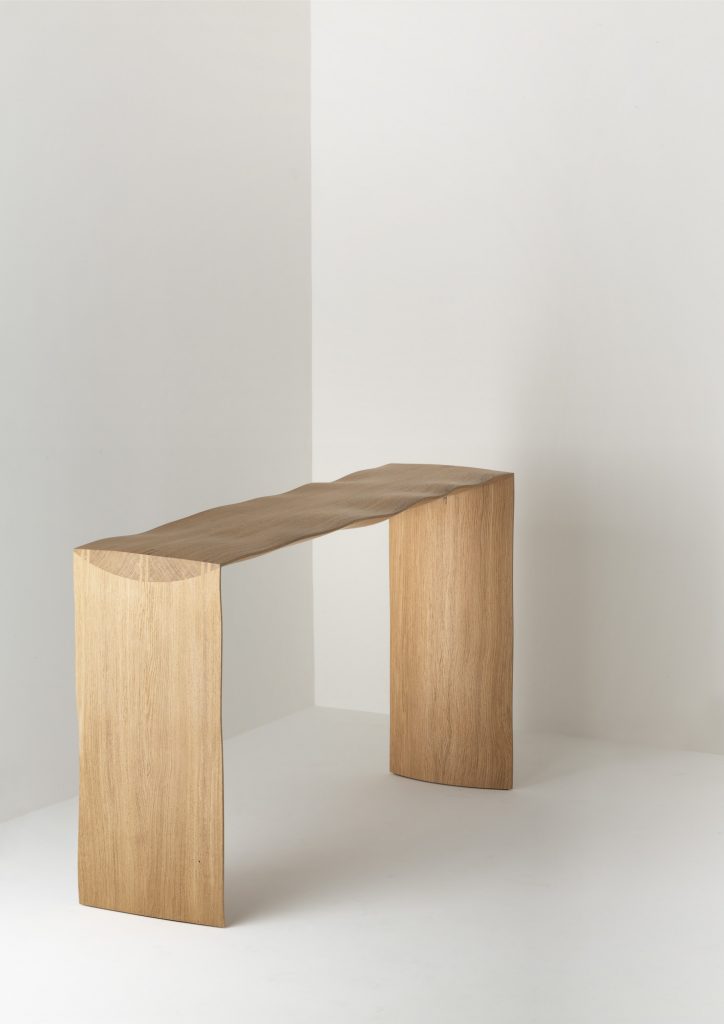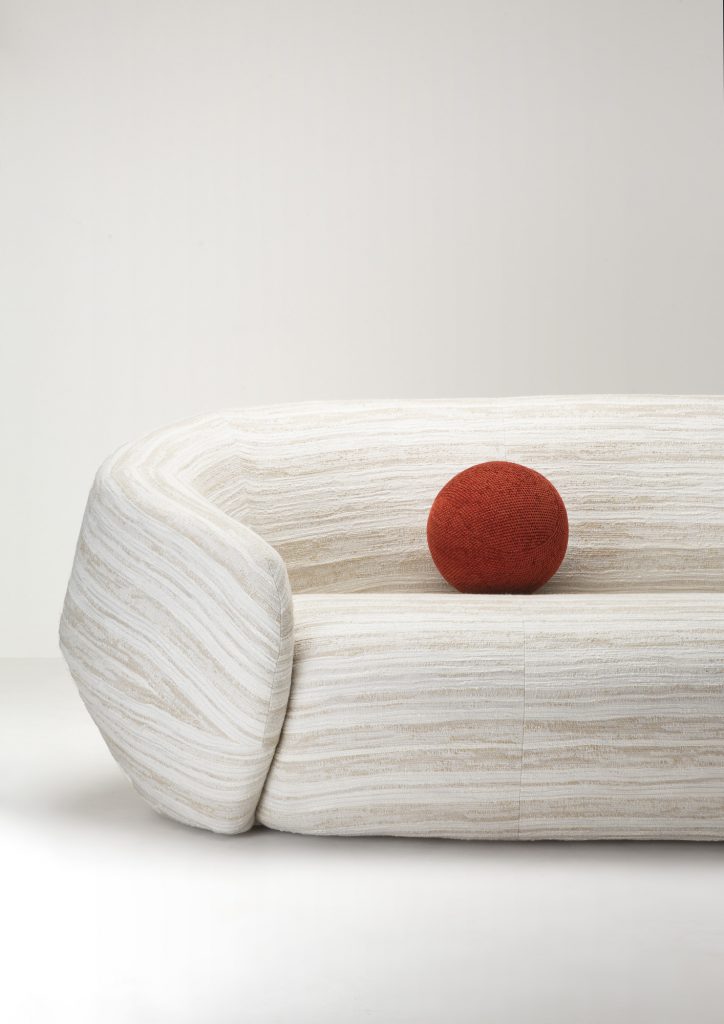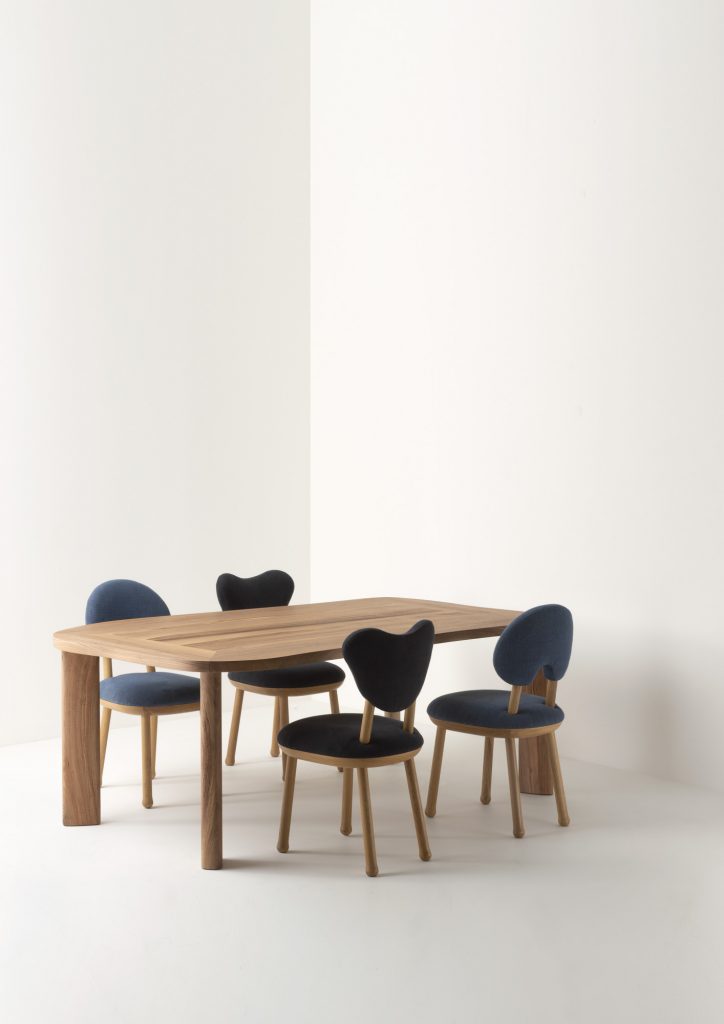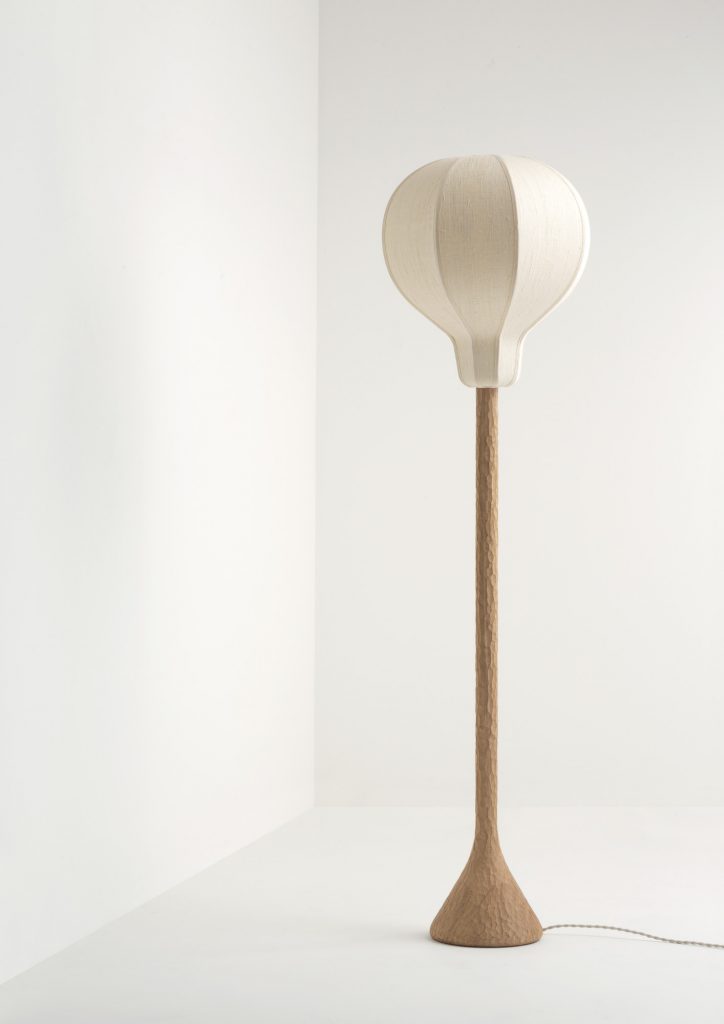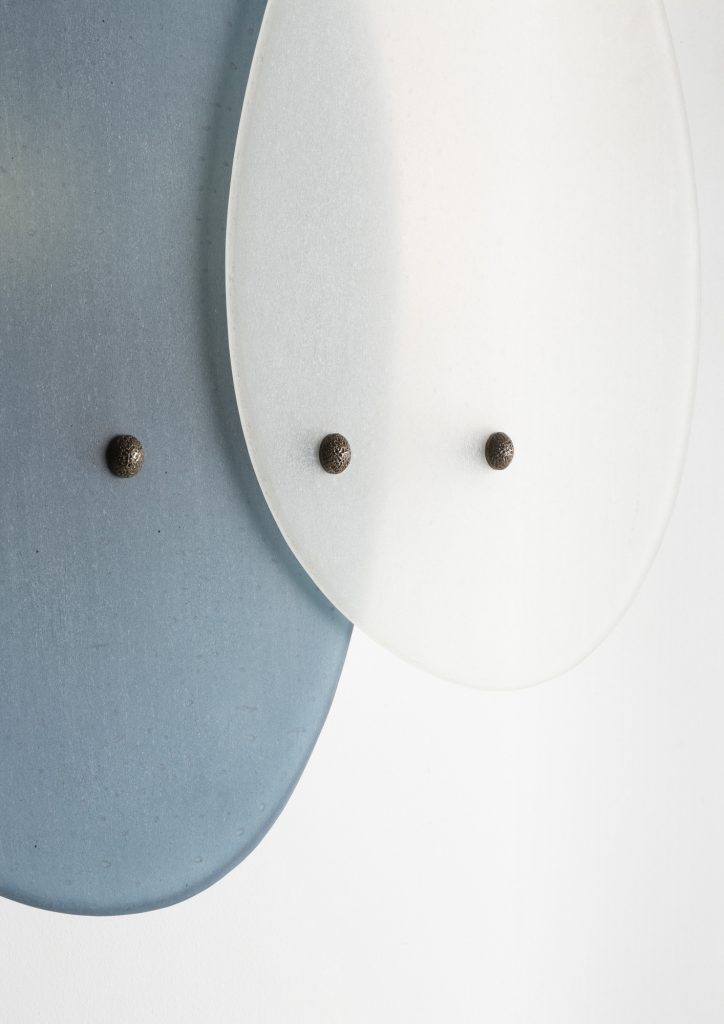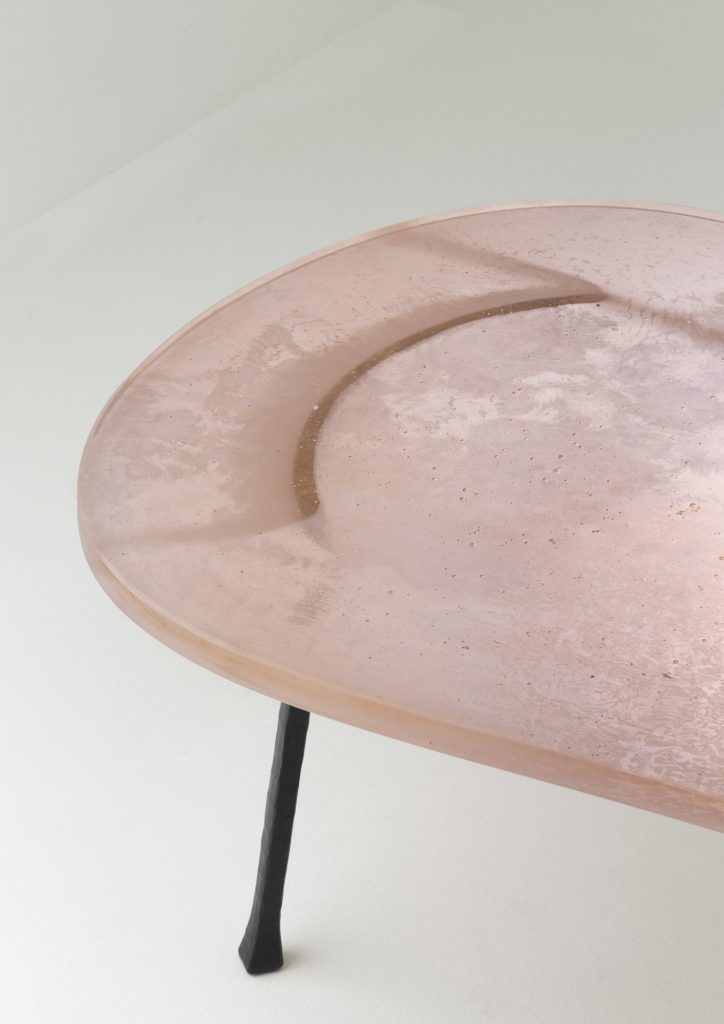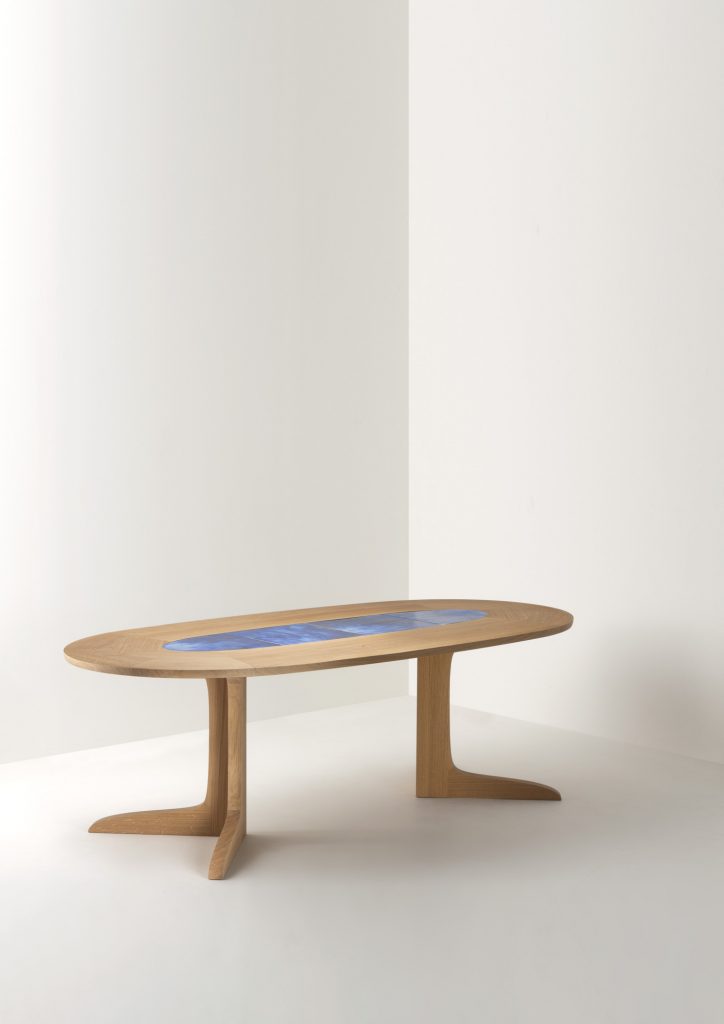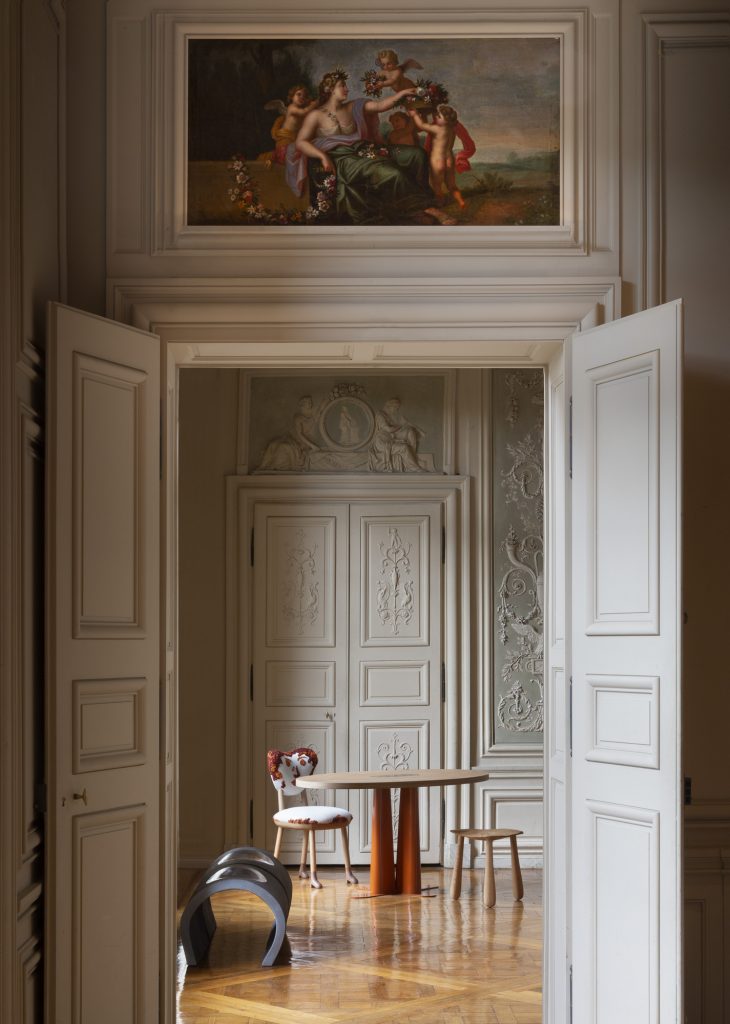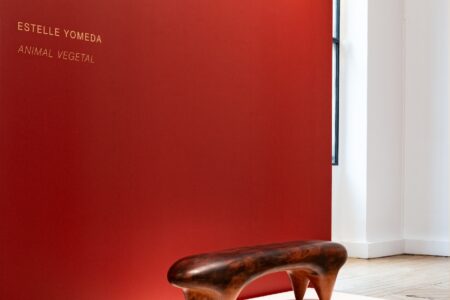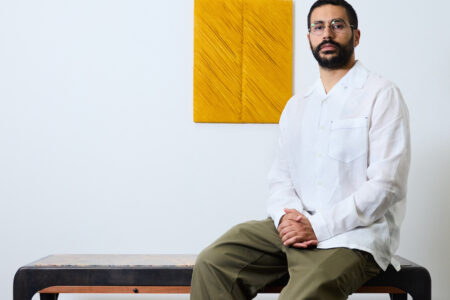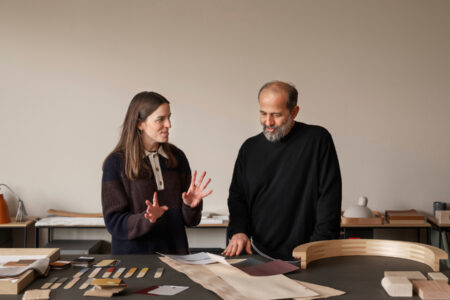Pierre Yovanovitch Mobilier: Timeless Character
French interior architect Pierre Yovanovitch presents his first furniture brand, ‘Pierre Yovanovitch Mobilier’. Made in collaboration with Europe’s finest craftspeople, the pieces within the collection combine elements of the classic and characterful, with an eye for unexpected detail.
French interior architect Pierre Yovanovitch presents his first furniture brand, Pierre Yovanovitch Mobilier. Running parallel to his interior architecture business, the brand builds off two decades of creating custom-crafted, haute-facture pieces for his interiors-based projects. Paying homage to the designer’s Provencal roots and made in collaboration with Europe’s finest craftspeople, the pieces within the collection combine elements of the classic and characterful, always with an eye for unexpected detail. TLmag speaks with Yovanovitch about the inspiration behind his new venture, his brand’s relationship to craft, and the interplay between objects and space.
TLmag: How has your background brought you to create Pierre Yovanovitch Mobilier?
Pierre Yovanovitch (PY): Having grown up in Provence, and with my current home there, I find daily inspiration in the surrounding nature: the sunlight; the region’s epic sunsets; and the seasonal variation in nature’s textures – from the deep colours and dense materiality of the forest to the fragrant, bright sensory explosion of the lavender bloom of Plateau de Valensole. There is this dichotomy of beauty and fortitude – which sometimes can even border on hostility – within the nature of Provence that I find inspiring. It’s all in my DNA. Similarly, I wanted the new furniture brand to reflect the strength, tactility, and variety of Provence.
I also draw inspiration from my time working in fashion for Pierre Cardin. I like to say that Pierre Cardin was an ‘architect of clothing’. He had a keen sense of geometry, volumes, angles, and curves. To this he added a mastery of colour, patterns, and a great sense of detail.
By working with him, I was able to ‘sharpen my eye’. I learned to make mistakes, to be bold, and not to give up. Then, after 10 years at his side, I wanted to stand on my own two feet and move into the work of interior architecture, and eventually to furniture design with a very made-to-measure approach, similar to Cardin.
TLmag: How do you see the relationship between Mobilier and your interior architecture practice?
PY: In many ways the design process is quite different than creating custom pieces for an interior project, as you’re not designing to fit the specific needs or daily lifestyle of the client. In this way there is a fair amount of freedom that comes with the designs of the new furniture brand.
“Made in France” is a recurring description when it comes to defining my style. Beyond my nationality, my language, and my education, this undoubtedly refers to the richness of the French decorative arts, and approaching design with savoir-faire and heart at the centre of everything. This is certainly a commonality between interior architecture and furniture. Both practices involve designing for the comfort, functionality, and lifestyle of a client, but it’s also about ensuring that each detail that goes into creating the space or the piece is carefully crafted.
TLmag: Your Mobilier pieces seem to bridge classic and eclectic forms, with a playful, organic edge. How do you approach the design process?
PY: It’s important to me that my work fits seamlessly into people’s everyday lives while bringing some life and energy to a space at the same time. In this way, I try to balance the playful with the more classic. This often means working with natural materials, but also giving some character and storytelling to the form itself. I try to take a light-hearted approach to design, particularly when it comes to furniture as I want these works to breathe joy into a space.
TLmag: Can you speak about the craftsmanship of the collection?
PY: At the core of my design work is my strong relationship with some of the best specialty artisans in France and Switzerland, many of whom I’ve worked with since the early days of my practice. While I worked with my team to design all of the pieces, these artisans had a key role in developing the new collection, helping to prototype and produce everything. It is a mutually beneficial partnership whereby they help bring my designs to life and we work together to help perfect their techniques with an ongoing dialogue about each work until it’s perfect. The artisans are not only experts at their craft but I can also ensure they’re working with the highest quality materials, which is very important to me.
When it comes to material choice, at the heart of everything is our commitment to craft and longevity. For these new works, I also wanted to look beyond my signature use of wood to incorporate new materials, such as polished bronze, gypsum (mirrors and side tables), and patinated metals.
We create every piece to be loved and lived with for a lifetime. We aim to create pieces which are aesthetically timeless, but also made using natural and local materials whenever possible, such as local woods (produced locally to promote short supply chains, from eco-certified forests; FSC, PEFC), natural fibres (wool, linen, silk) and organic solvents.
TLmag: As a contemporary art collector, designer, and interior architect, what is it that you look for in design objects, and in how they relate to the spaces they inhabit?
PY: Function and quality are key components, of course. Storytelling also has an important place in my work. I believe strongly that the things we live with should tell a story – whether it be a nostalgic vintage keepsake or a furniture piece which fits seamlessly in our lifestyle and becomes an integral part of our everyday life.
All images by Jean-Pierre Vaillancourt, courtesy of Pierre Yovanovitch Studio.
